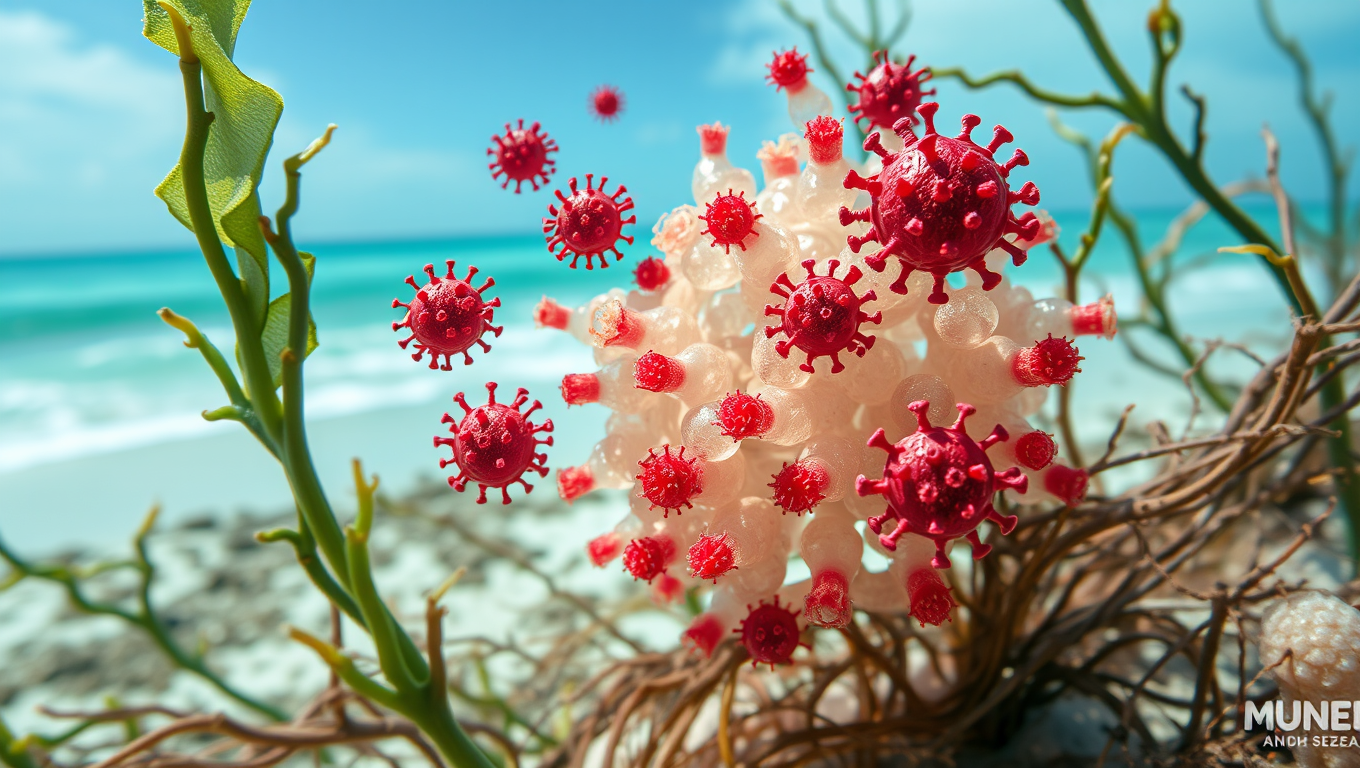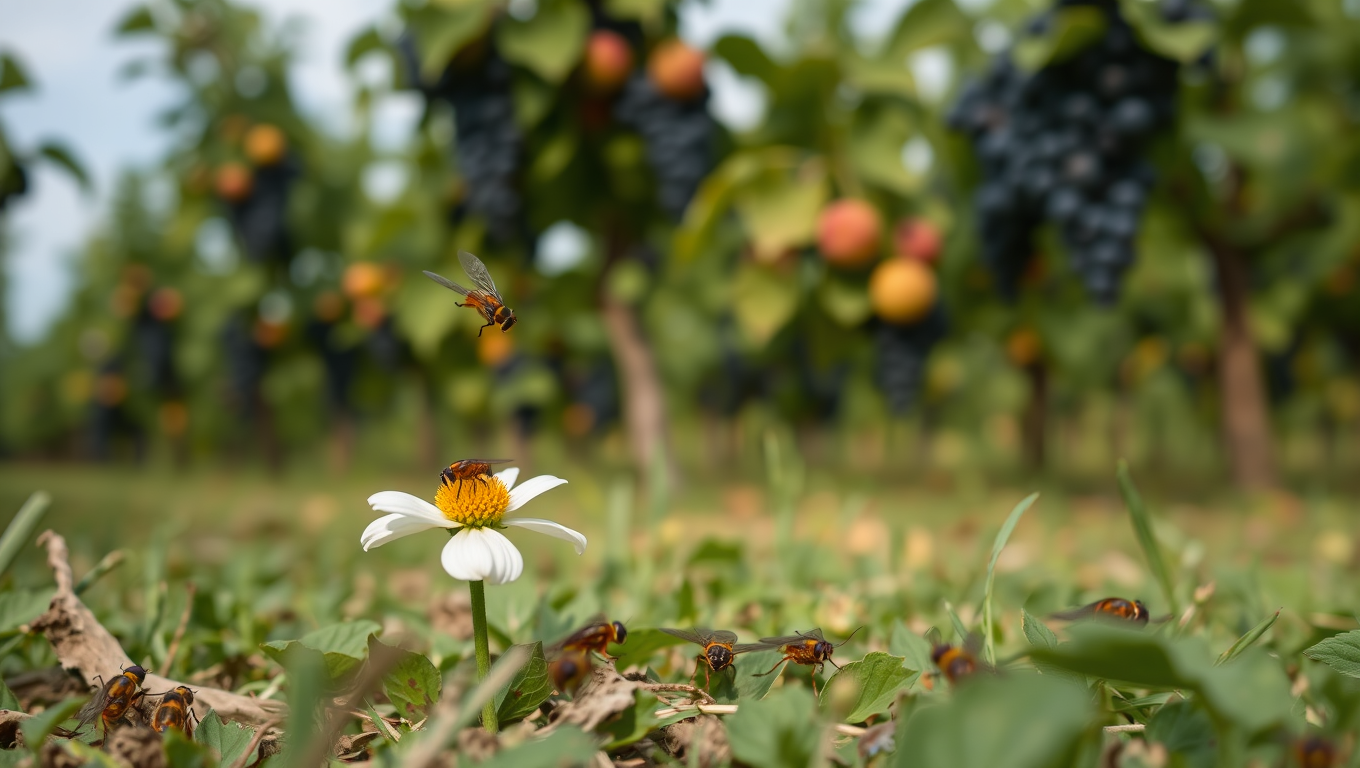While we try to keep things accurate, this content is part of an ongoing experiment and may not always be reliable.
Please double-check important details — we’re not responsible for how the information is used.
Earth & Climate
“Unlocking the Secrets of Red Tide: A New Study Reveals Viruses Associated with Harmful Algal Blooms”
Identifying viruses associated with red tide can help researchers forecast the development of blooms and better understand environmental factors that can cause blooms to terminate. The study marks an initial step toward exploring viruses as biocontrol agents for red tide.

Air Pollution
The Hidden Dangers of Air Pollution: How It Quietly Damages Your Heart
Breathing polluted air—even at levels considered “safe”—may quietly damage your heart. A new study using advanced MRI scans found that people exposed to more air pollution showed early signs of scarring in their heart muscle, which can lead to heart failure over time. This damage showed up in both healthy individuals and people with heart conditions, and was especially noticeable in women, smokers, and those with high blood pressure.
Earth & Climate
The Silent Threat to Pollinators: How a Widely Used Fungicide is Damaging America’s Insects
Macquarie University researchers reveal that chlorothalonil, still commonly sprayed on American and Australian produce, cripples insect fertility by more than a third at residue levels typically found on food. The unexpectedly sharp drop in fruit-fly egg production suggests cascading damage to pollinator populations vital for crops and ecosystems. Although the fungicide is outlawed in the EU, Australian growers often apply it preventively, underscoring regulatory blind spots. Scientists urge scaled-back spraying and sustainable alternatives to stop a hidden contributor to global insect decline.
Climate
Antarctica’s Ocean Flip: Satellites Reveal Sudden Salt Surge Meltng Ice from Below
A massive and surprising change is unfolding around Antarctica. Scientists have discovered that the Southern Ocean is getting saltier, and sea ice is melting at record speed, enough to match the size of Greenland. This change has reversed a decades-long trend and is letting hidden heat rise to the surface, melting the ice from below. One of the most dramatic signs is the return of a giant hole in the ice that hadn’t been seen in 50 years. The consequences are global: stronger storms, warmer oceans, and serious trouble for penguins and other polar wildlife.
-

 Detectors3 months ago
Detectors3 months agoA New Horizon for Vision: How Gold Nanoparticles May Restore People’s Sight
-

 Earth & Climate4 months ago
Earth & Climate4 months agoRetiring Abroad Can Be Lonely Business
-

 Cancer3 months ago
Cancer3 months agoRevolutionizing Quantum Communication: Direct Connections Between Multiple Processors
-

 Agriculture and Food4 months ago
Agriculture and Food4 months ago“A Sustainable Solution: Researchers Create Hybrid Cheese with 25% Pea Protein”
-

 Diseases and Conditions4 months ago
Diseases and Conditions4 months agoReducing Falls Among Elderly Women with Polypharmacy through Exercise Intervention
-

 Albert Einstein4 months ago
Albert Einstein4 months agoHarnessing Water Waves: A Breakthrough in Controlling Floating Objects
-

 Earth & Climate3 months ago
Earth & Climate3 months agoHousehold Electricity Three Times More Expensive Than Upcoming ‘Eco-Friendly’ Aviation E-Fuels, Study Reveals
-

 Chemistry3 months ago
Chemistry3 months ago“Unveiling Hidden Patterns: A New Twist on Interference Phenomena”





























